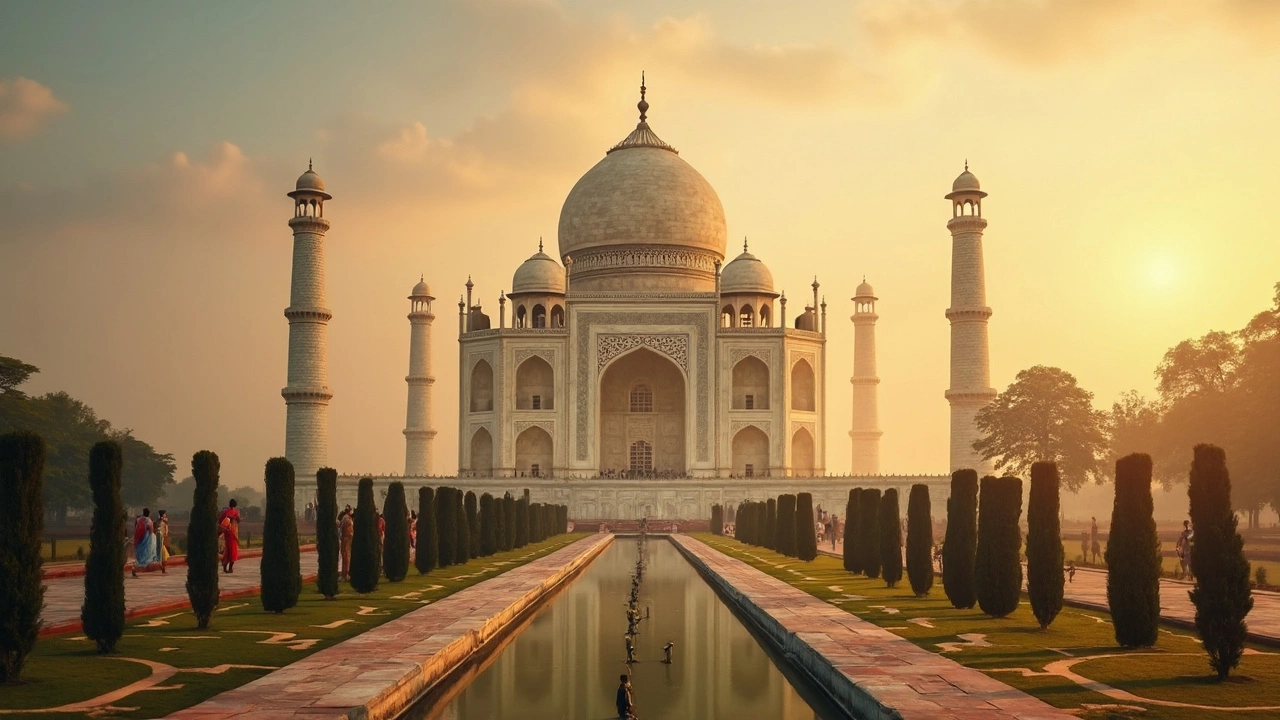Taj Mahal: History, Symbolism, and Its Place in Indian Culture
When you think of Taj Mahal, a white marble mausoleum in Agra, India, built by Emperor Shah Jahan for his wife Mumtaz Mahal. Also known as the Monument of Love, it is one of the most recognized structures on Earth and a defining symbol of Mughal architecture. But it’s not just a pretty building. It’s a story carved in stone—of grief, devotion, and the skill of thousands of artisans who worked for over two decades to make it real.
The Mughal architecture, a blend of Persian, Islamic, and Indian styles that peaked under emperors like Akbar and Shah Jahan gave the Taj Mahal its symmetry, minarets, and intricate inlay work. The same style shows up in forts, mosques, and gardens across North India. The UNESCO World Heritage, a global list of sites with outstanding cultural or natural importance designation in 1983 didn’t just honor its beauty—it recognized how deeply it reflects India’s layered history. Unlike many monuments built to show power alone, the Taj Mahal was built to remember a person. That emotional core is why it still moves people centuries later.
People often compare it to other global landmarks, but few have its mix of personal meaning and public grandeur. While the Taj Mahal draws millions every year, it’s part of a larger family of Indian monuments—from the Red Fort in Delhi to the Qutub Minar in Delhi—that tell the story of empires, faith, and craftsmanship. You’ll find articles here that explore how it’s viewed in local traditions, how tourism shapes its preservation, and why some confuse it with other Indian tombs or palaces. Some posts dig into the myths around its construction, others look at how it’s celebrated in art and poetry. Whether you’re planning a visit or just curious about its place in India’s cultural landscape, what follows isn’t just a list of articles—it’s a window into why this building still matters.
